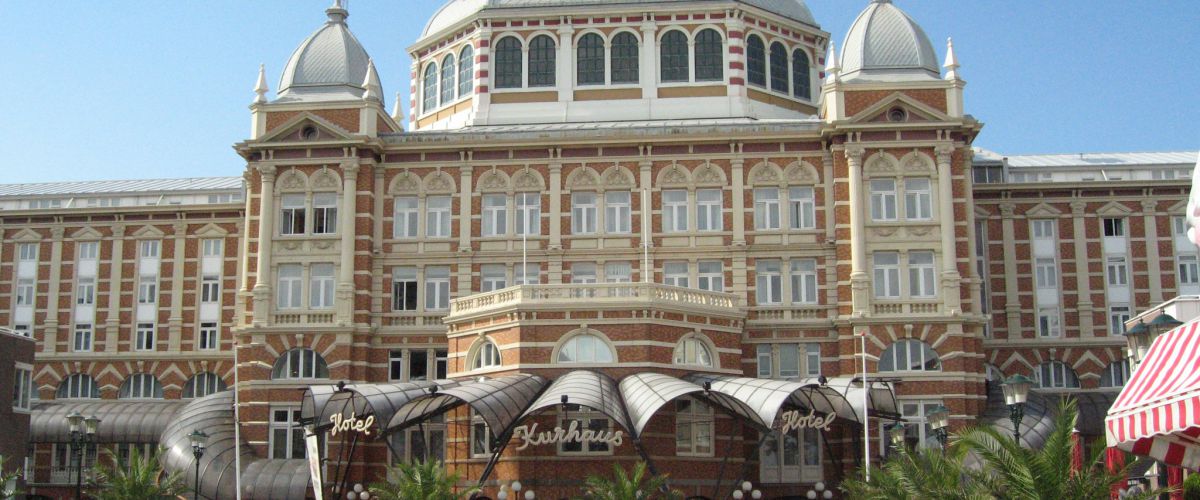You are now in the restricted zone
Before World War II, Scheveningen was a vibrant seaside resort in summer, popular with wealthy Dutch families and German aristocrats and industrialists.
They strolled from the Kurhaus along the promenade and the Wandelhoofd Wilhelmina pier. There were performances by renowned artists and orchestras in the evenings. The hotels closed their doors during winter since they did not have heating. The seaside resort was then completely deserted.
Due to the construction of the Atlantic Wall, the seaside resort came to a standstill in summer too. Scheveningen was evacuated; only a few shopkeepers, a doctor and a few other people with critical occupations remained behind. German soldiers took up residence in the hotels. A tall, yellow-brown wall was erected between the hotels and the beach. Concealed in the dunes behind it, machine gun emplacements were installed, which were connected to one another via trenches. The beach was filled with poles with mines attached to them.
After the war
Most hotels survived the war, although they were seriously damaged or completely dilapidated. The pier disappeared. The beach and the dunes were full of mines. Only when these were cleared and the anti-tank wall and some of the bunkers were blown up, was the area reopened. That was on 1 June 1946. The next step was the reopening of the hotels, which were now equipped with central heating. The German-sounding name of the Kurhaus seemed inappropriate so soon after the war, so a competition was held to come up with a new name. However, the winning name, ‘Het Badhuis’, garnered so much opposition that it was decided to retain the old name.
Pictured
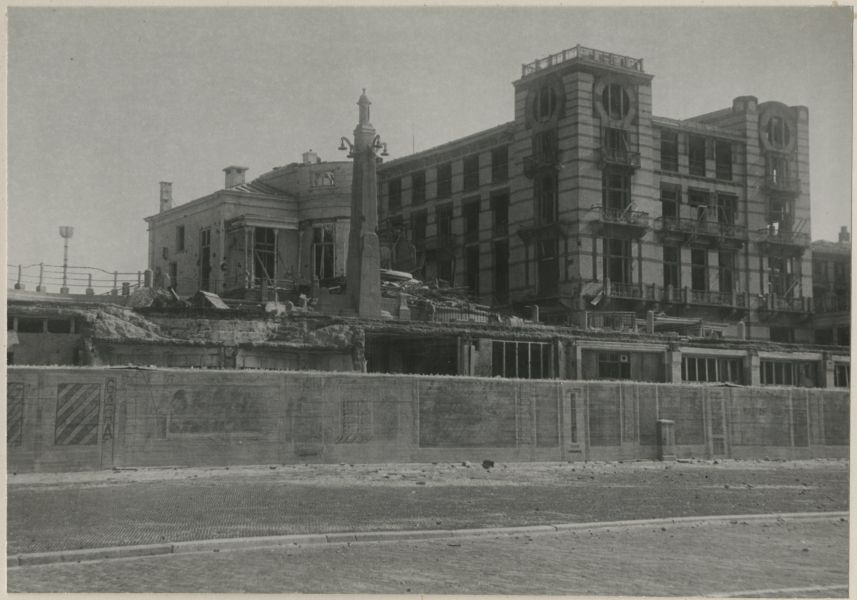
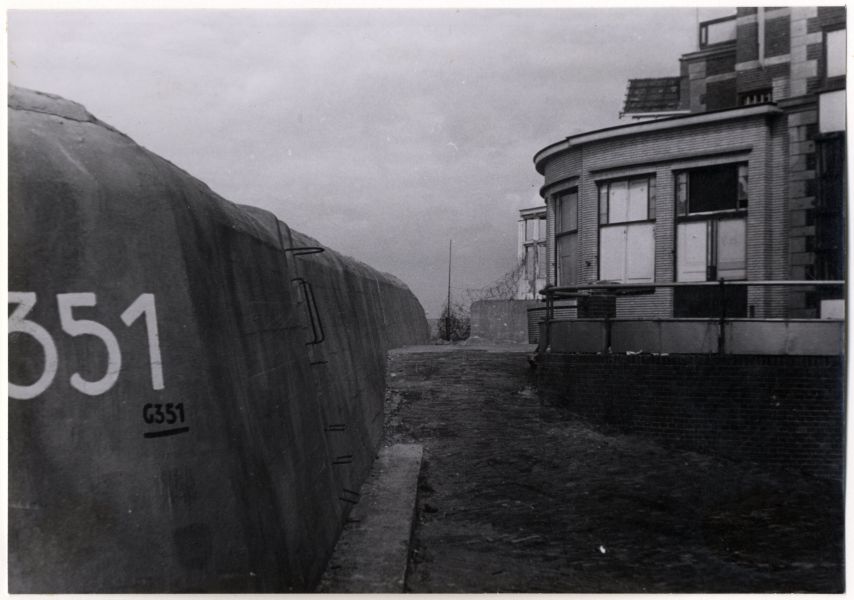
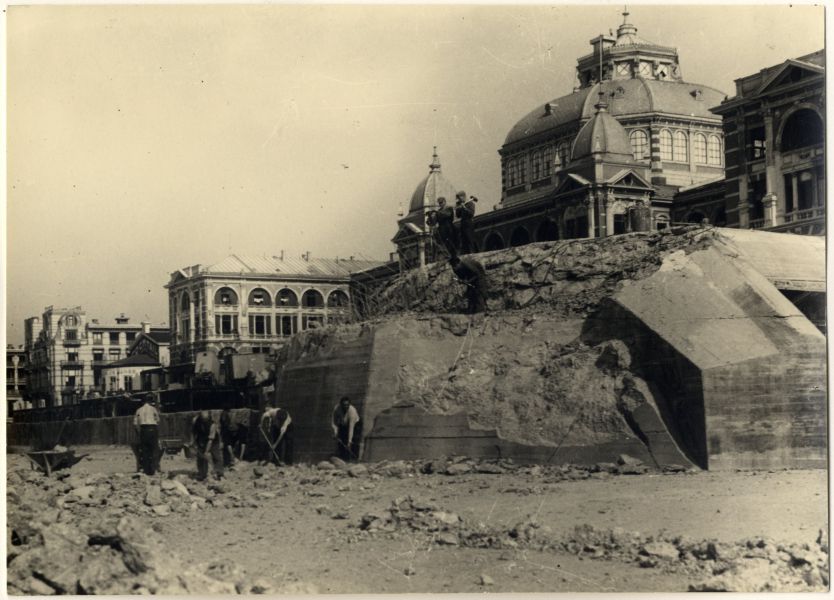
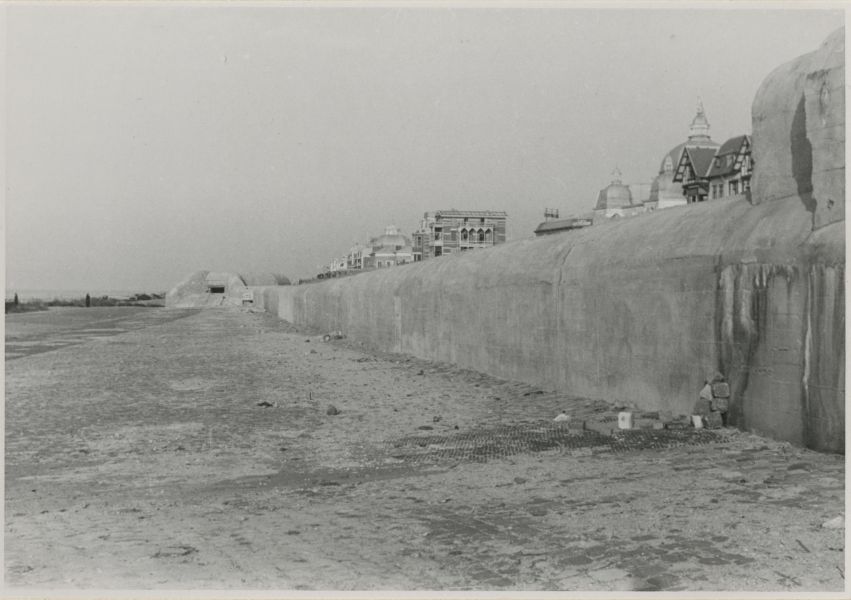
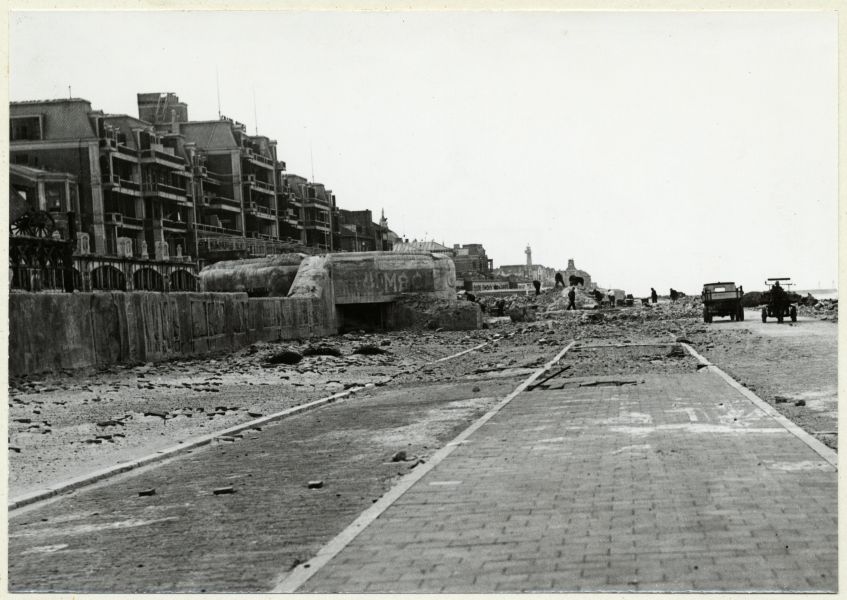
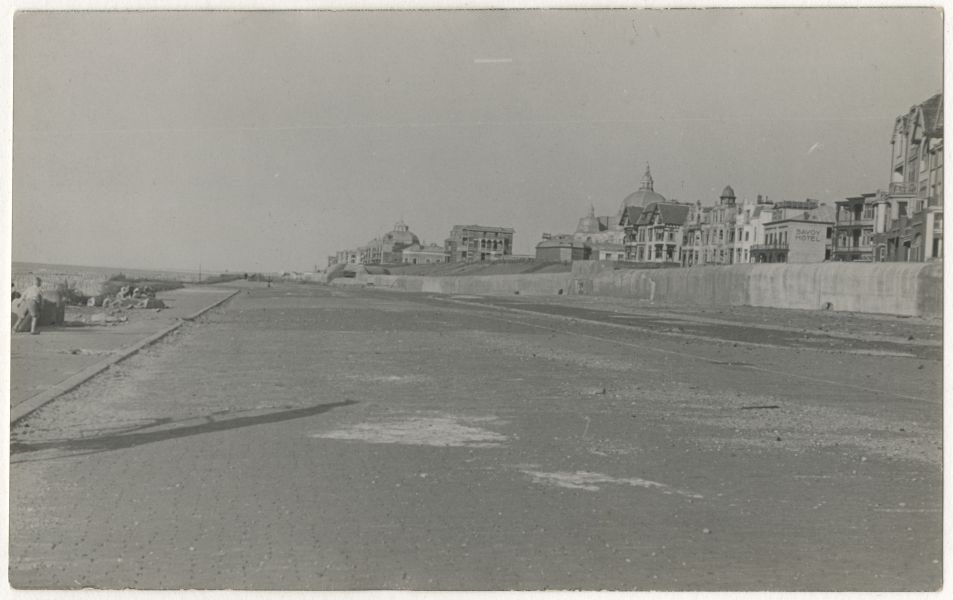
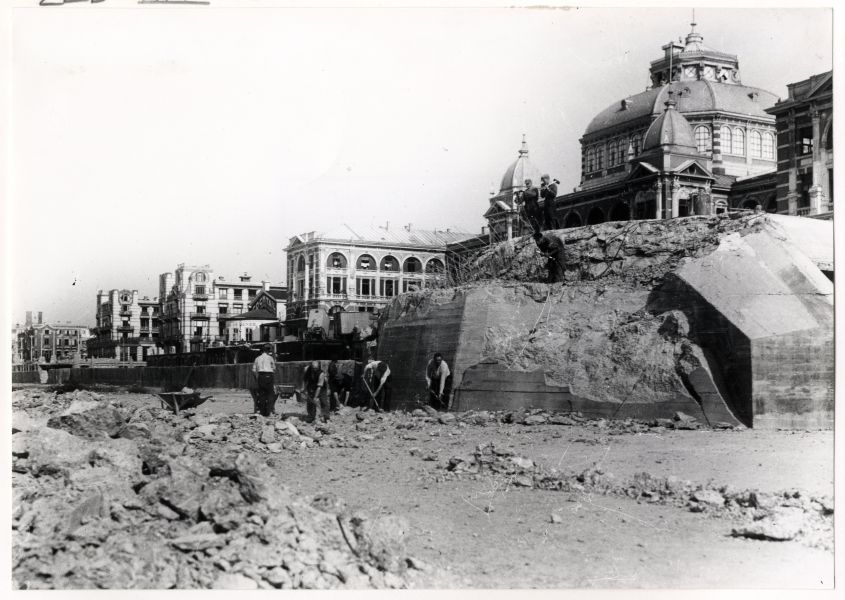
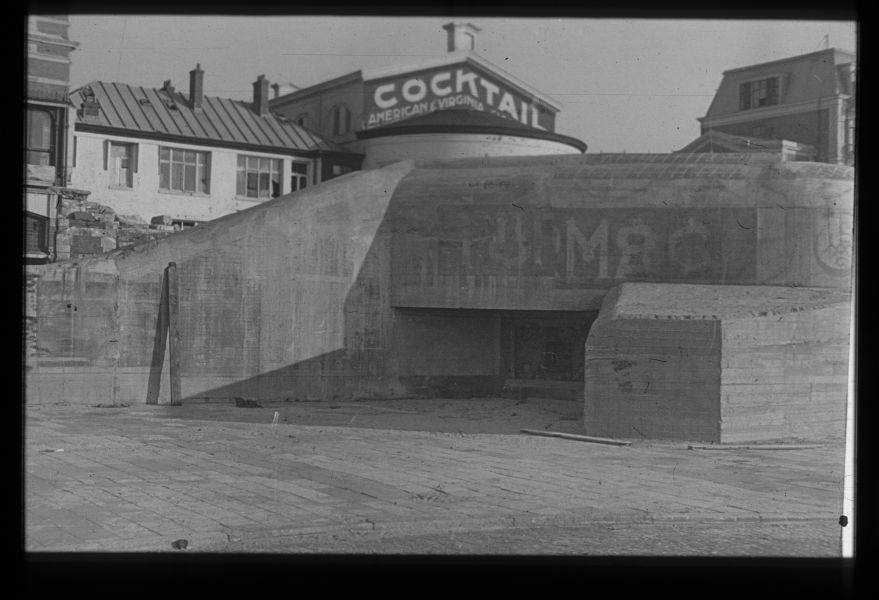
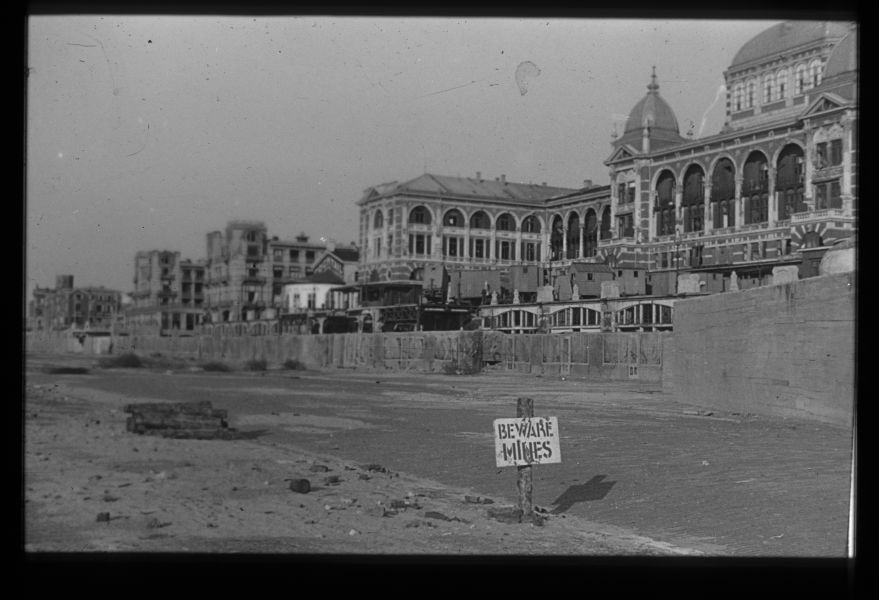
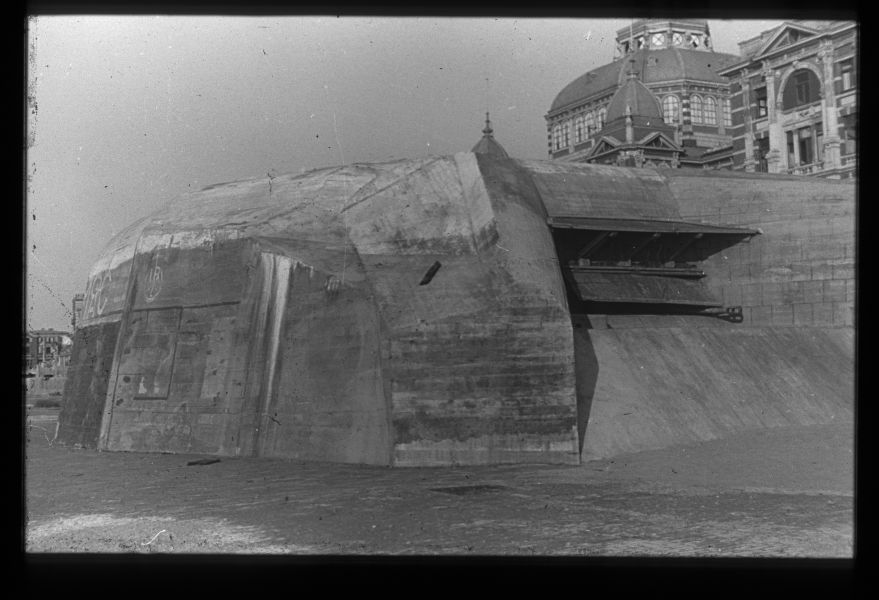
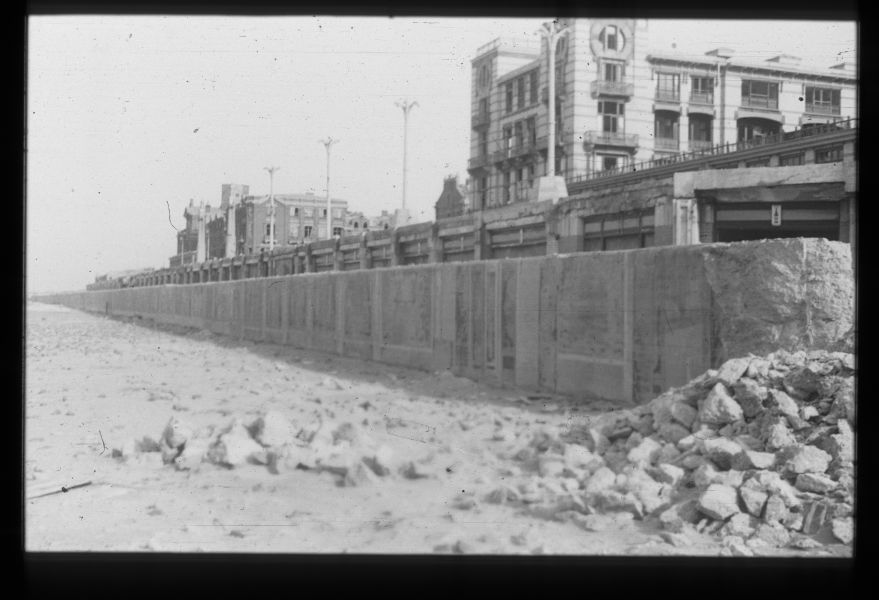
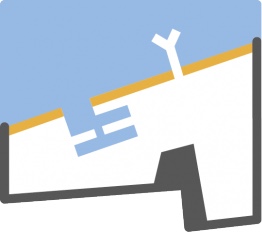 Herinneringsroute Atlantikwall Den Haag
Herinneringsroute Atlantikwall Den Haag
